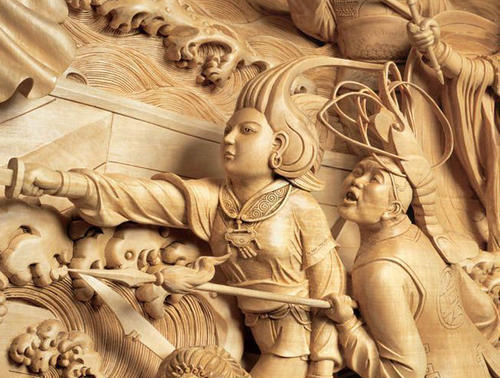Chipping Away for Beginners Tools |  |
 | Techniques Choosing the Right Kind of Wood Getting Started |
Safety First So there you have it! Get going with your wood carving and have fun with your hobby. | |
Chipping Away for Beginners Tools |  |
 | Techniques Choosing the Right Kind of Wood Getting Started |
Safety First So there you have it! Get going with your wood carving and have fun with your hobby. | |